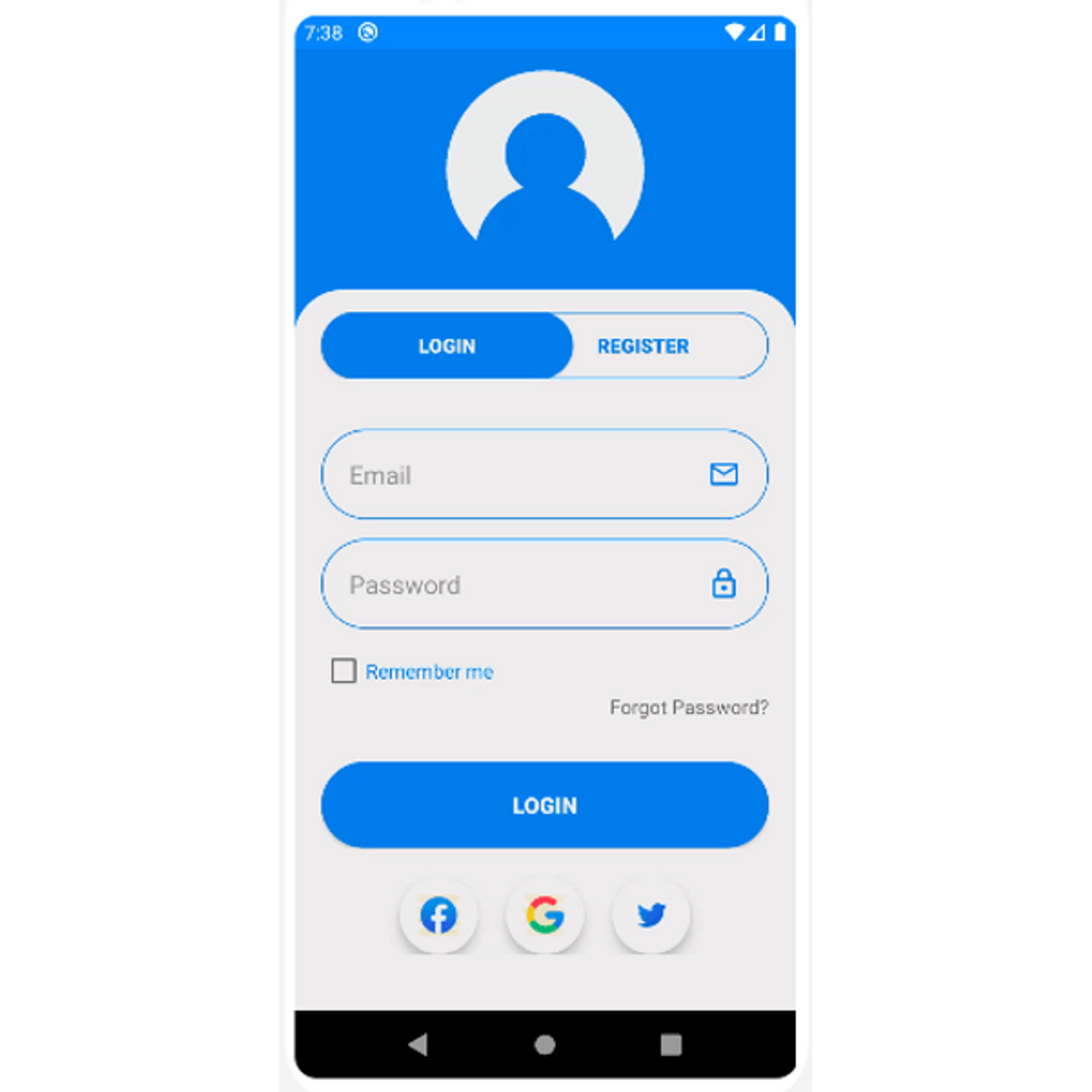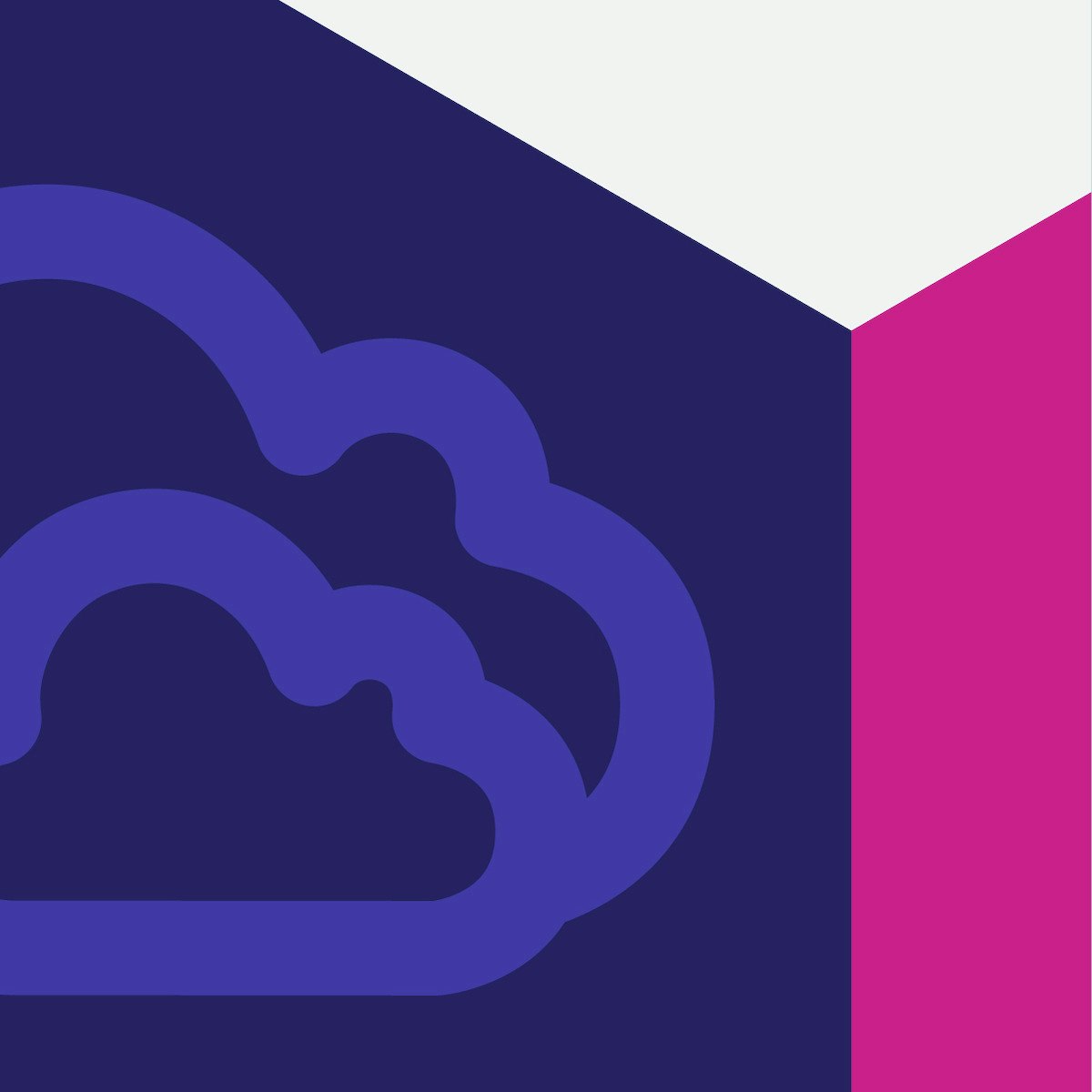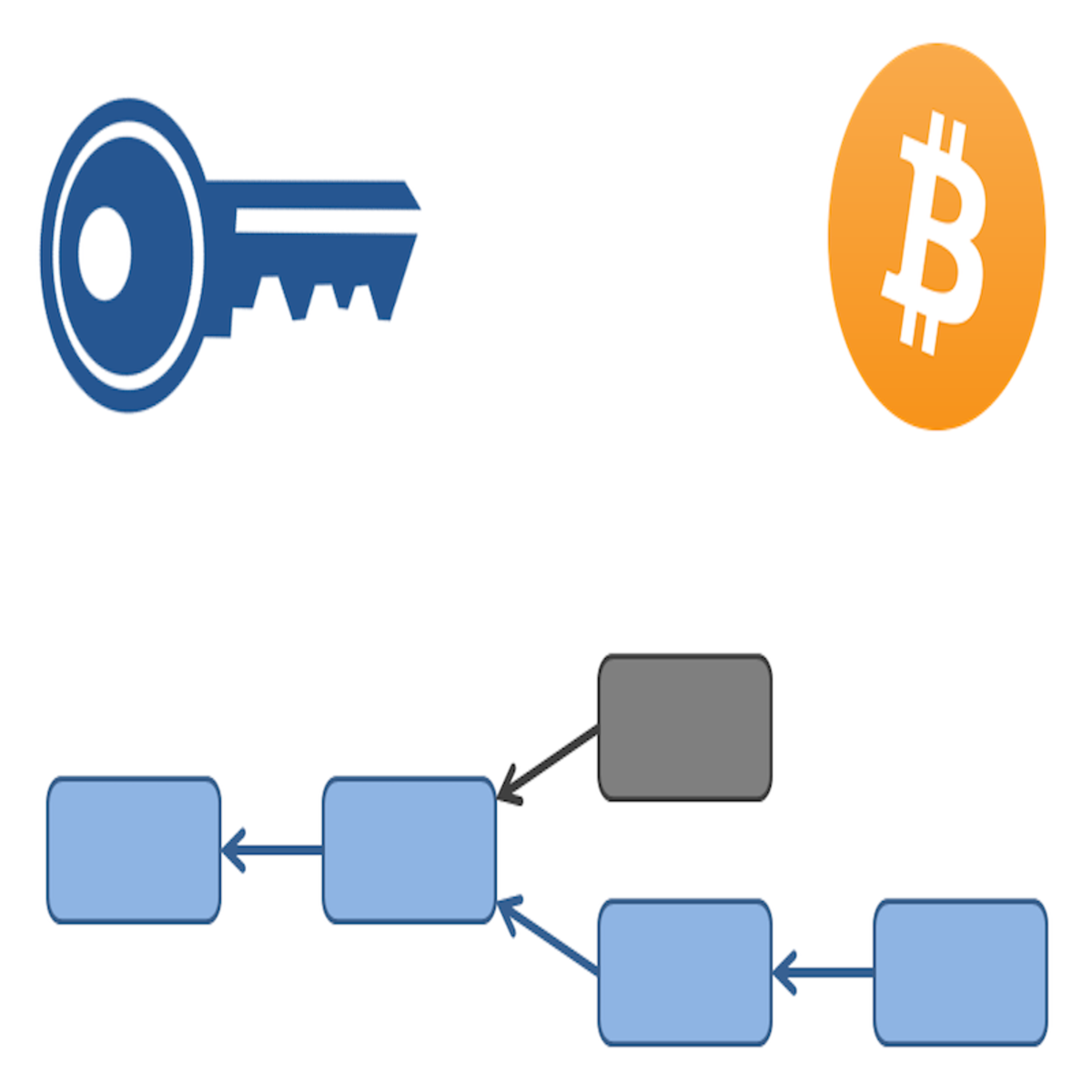Back to Courses









Computer Science Courses - Page 192
Showing results 1911-1920 of 2309

Design a Login/Register UI in Android using Linear layout
In this 1-hour long project-based course, you will learn to design a Login/Register UI page in Android using Linear Layout. You will learn to design login and register page ,learn to use Linear Layout, import all the necessary vector asset icons ,create background for buttons, style the page, switch between the activities and lastly you will learn to build the apk file and simulate the app on an online android emulator.
Basics of Android design concepts is required.
Note: This course works best for learners who are based in the North America region. We’re currently working on providing the same experience in other regions.

Juniper Networks Junos Automation Basics and XML
This course introduces you to the Junos operating system (Junos OS) that runs on Juniper Networks routers, switches, and security devices. You will learn Junos OS automation concepts and principles and how Junos OS configuration management and operations can be performed using popular automation tools. You will also learn about Extensible Markup Language (XML) and how it is used to store Junos OS device configuration and exchange data with external automation tools. Students new to the Junos operating system (Junos OS) are encouraged to view the first module which provides an overview of Junos Operating System prior to beginning the automation and DevOps content.

Exam Prep: AWS Certified Cloud Practitioner Foundations
This new foundational-level course from Amazon Web Services (AWS), is designed to help you to assess your preparedness for the AWS Certified Cloud Practitioner certification exam. You will learn how to prepare for the exam by exploring the exam’s topic areas and how they map to both AWS Cloud practitioner roles and to specific areas of study. You will review sample certification questions in each domain, practice skills with hands-on exercises, test your knowledge with practice question sets, and learn strategies for identifying incorrect responses by interpreting the concepts that are being tested in the exam. At the end of this course you will have all the knowledge and tools to help you identity your strengths and weaknesses in each certification domain areas that are being tested on the certification exam.
The AWS Certified Cloud Foundations Certification the AWS Certified Cloud Practitioner (CLF-C01) exam is intended for individuals who can effectively demonstrate an overall knowledge of the AWS Cloud independent of a specific job role. The exam validates a candidate’s ability to complete the following tasks: Explain the value of the AWS Cloud, Understand and explain the AWS shared responsibility model, understand security best practices, Understand AWS Cloud costs, economics, and billing practices, Describe and position the core AWS services, including compute, network, databases, and storage and identify AWS services for common use cases

Bitcoin and Cryptocurrency Technologies
To really understand what is special about Bitcoin, we need to understand how it works at a technical level. We’ll address the important questions about Bitcoin, such as:
How does Bitcoin work? What makes Bitcoin different? How secure are your Bitcoins? How anonymous are Bitcoin users? What determines the price of Bitcoins? Can cryptocurrencies be regulated? What might the future hold?
After this course, you’ll know everything you need to be able to separate fact from fiction when reading claims about Bitcoin and other cryptocurrencies. You’ll have the conceptual foundations you need to engineer secure software that interacts with the Bitcoin network. And you’ll be able to integrate ideas from Bitcoin in your own projects.
Course Lecturers:
Arvind Narayanan, Princeton University
All the features of this course are available for free. It does not offer a certificate upon completion.

Getting Started with Blazor Server
In this short project-based course, you will learn how to create and run a Blazor Server application. You'll learn how to create components and bind their events and properties. You'll also learn navigation and dependency injection, as well as creating forms in Blazor.
Note: This course works best for learners who are based in the North America region. We’re currently working on providing the same experience in other regions.

Running Distributed TensorFlow using Vertex AI
This is a self-paced lab that takes place in the Google Cloud console. In this lab, you will use TensorFlow's distribution strategies and the Vertex AI platform to train and deploy a custom TensorFlow image classification model to classify an image classification dataset.

Fundamentals of Software Architecture for Big Data
The course is intended for individuals looking to understand the basics of software engineering as they relate to building large software systems that leverage big data. You will be introduced to software engineering concepts necessary to build and scale large, data intensive, distributed systems. Starting with software engineering best practices and loosely coupled, highly cohesive data microservices, the course takes you through the evolution of a distributed system over time.
Fundamentals of Software Architecture for Big Data can be taken for academic credit as part of CU Boulder’s Master of Science in Data Science (MS-DS) degree offered on the Coursera platform. The MS-DS is an interdisciplinary degree that brings together faculty from CU Boulder’s departments of Applied Mathematics, Computer Science, Information Science, and others. With performance-based admissions and no application process, the MS-DS is ideal for individuals with a broad range of undergraduate education and/or professional experience in computer science, information science, mathematics, and statistics. Learn more about the MS-DS program at https://www.coursera.org/degrees/master-of-science-data-science-boulder.

3D Models for Virtual Reality
This course will begin your journey to creating Virtual Reality experiences. A Virtual Reality experience is a new world that you step into and are entirely immersed in. Creating a VR experience means creating that world and all the objects in it.
In this course you will learn the basics of 3D graphics: how we create objects and how to lay them out to create an environment. You will learn techniques like materials and texturing that make your objects appear realistic. You will also learn about audio techniques to ensure that your experiences sound great as well as looking great. In all of these topics we will pay attention to the particular requirements of Virtual Reality, including pitfalls and performance issues: making sure your environment runs fast enough in VR.
You will learn all of this using the professional game and VR engine, Unity3D. Unity is one of the most used game engine and is a relatively easy, but fully featured, introduction to 3D development.
The course will culminate in a project in which you will create your own VR scene. VR development is something you can only learn by doing it yourself, so working on your project will be the best way to learn.

APIs
Delve deeper into the processes and concepts behind APIs and their infrastructure. Explore the key concepts that underpin API development and the principles of representational state transfer architectural style (REST) architecture. Build basic API and REST data backbones for web apps using Django. Discover emerging API technology and practice other ways to build and work with APIs. Finally, you will test, optimize and develop documentation for an API.

Esports Teams and Professional Players
This course will be focusing on the competitive Esport team and individual professional players. Whether you are playing on a team or competing as an individual, you will find that being a professional Esports player is more complex and nuanced than most people realize. We will be talking a lot about the support staff surrounding players, the intricacy of navigating contracts, and the hardships of committing yourself to professional play.
We will also be talking about the Esports media. Similar to sports, Esports has developed its own unique ecosystem of articles, videos, streaming, social media, and overall content creation. We will examine the specifics of different types of media and explain how each has its uses in making Esports more popular as a whole.
